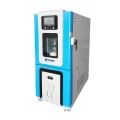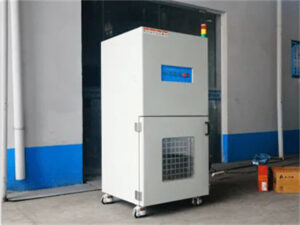he color fastness of textiles (referred to as color fastness) refers to the use or processing of dyed or printed fabrics that are subjected to external factors (extrusion, friction, washing, rain, exposure, light, seawater immersion, saliva immersion, The degree of fading under the action of water stains, sweat stains, etc.) is an important indicator of fabrics. The quality of color fastness determines whether our daily clothes will fade or stain in our daily life.
Color fastness to water washing
Our daily clothes need to be washed often, so the color fastness to washing determines whether our clothes are easy to fade and stain.
Color fastness to rubbing
Clothes are in our daily wear, will rub with different parts of our body, different areas have different degrees of fading. For example, the elbows, collar and underarms of long sleeves are the most likely to fade. And the hips and knees also tend to fade.
Colour fastness to perspiration
In the hot summer, just like the high temperature of 30 ℃ occurred in Guangdong some time ago, as long as we leave the air-conditioned room and sweat is unavoidable, then the clothes we wear or close-fitting clothes are easy to fade due to the impregnation of sweat.
As a textile manufacturer, it is necessary to ensure that the products can have excellent color fastness indicators to meet everyone’s daily use. It is necessary to test the production raw materials during the production process, and to ensure that the production process is in place.








